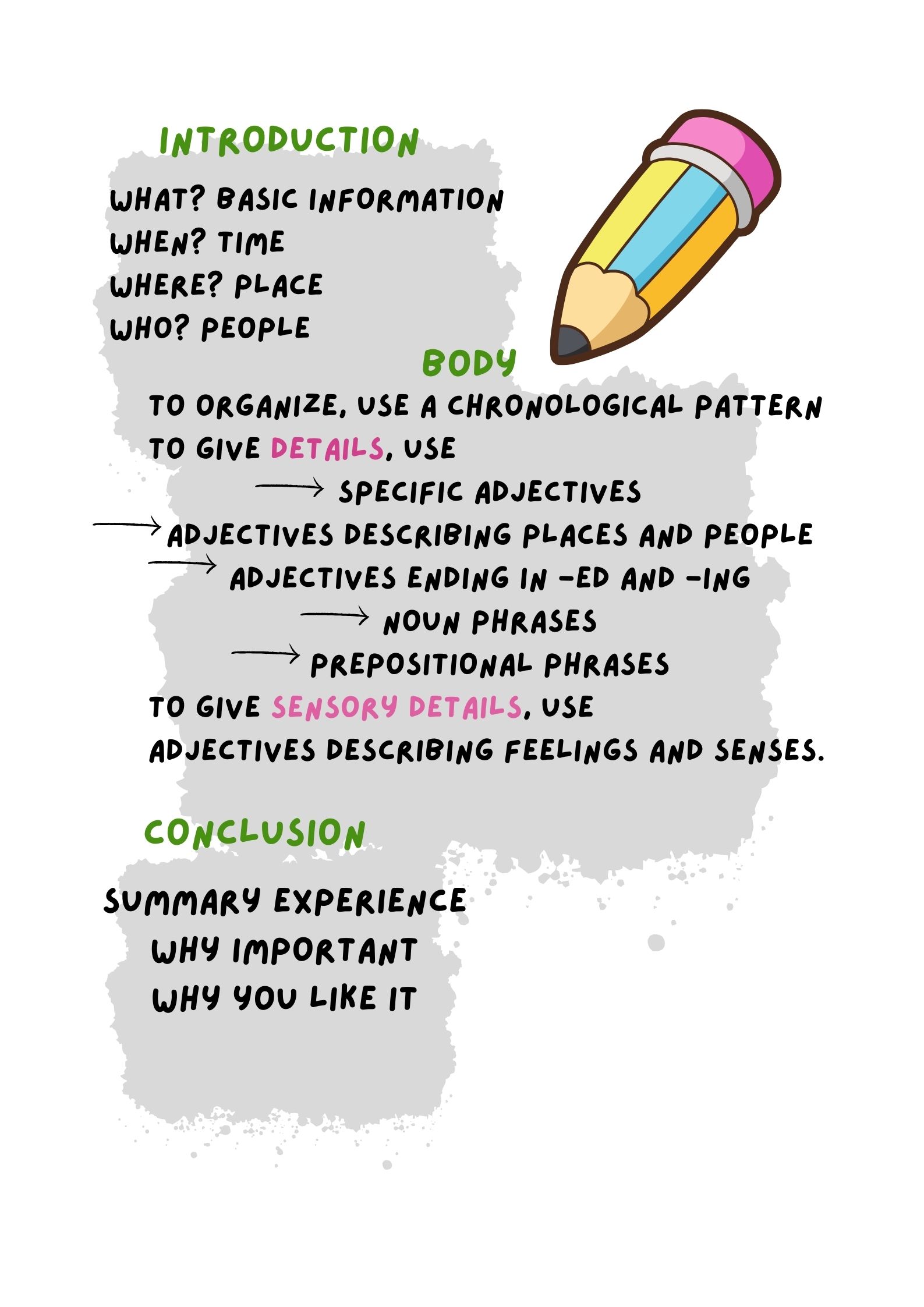Read
 The purpose is:
The purpose is:
El propósito es este:
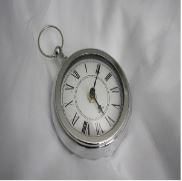 You learn to describe important moments.
You learn to describe important moments.
Aprendes a describir momentos importantes.
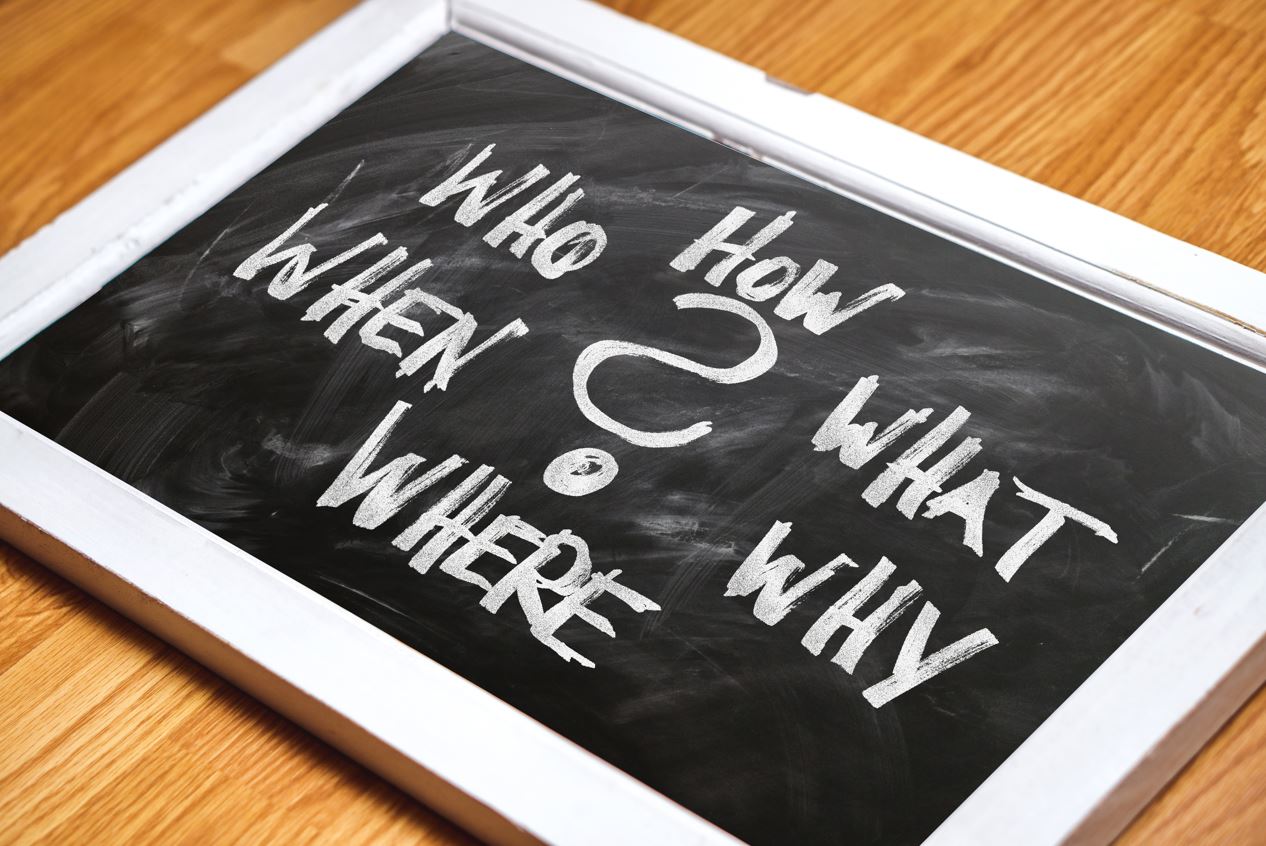 You describe an experience.
You describe an experience.
Describes la experiencia.
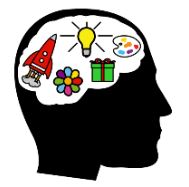 You recall the experience.
You recall the experience.
Recuerdas la experiencia.
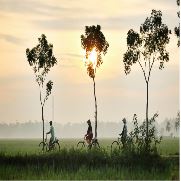 You give information about time, place and people.
You give information about time, place and people.
Das datos sobre la hora, el lugar y las personas.
 You give details and describe feelings.
You give details and describe feelings.
Das detalles y describes sentimientos.
 You write a summary of the experience.
You write a summary of the experience.
Haces un resumen de la experiencia.
 The structure is:
The structure is:
La estructura es esta:
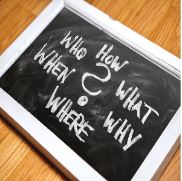 The description is divided into introduction, body and conclusion.
The description is divided into introduction, body and conclusion.
La descripción se divide en introducción, cuerpo y conclusión.
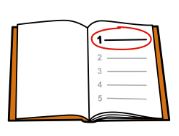 The introduction has got information to understand the text.
The introduction has got information to understand the text.
Introduce the experience.
Answer the question: What is it?
Answer the question: When was it?
Give information about the place.
Answer the question: Where was it?
Give information about the people who participate.
Answer the question: Who participates?
La introducción tiene información para entender el texto.
Presentas tu experiencia.
Respondes a la pregunta ¿Qué es?
Das información del tiempo.
Respondes a la pregunta ¿Cuándo ocurre?
Das información sobre el lugar.
Respondes a la pregunta ¿Dónde ocurre?
Das información sobre las personas que participan.
Respondes a la pregunta ¿Quiénes participan?
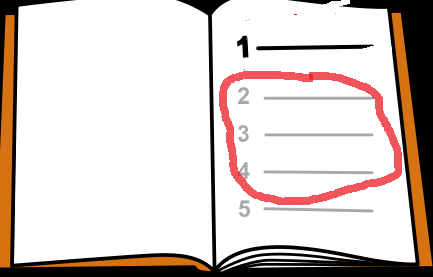 The body gives details about the experience.
The body gives details about the experience.
You use for the details of the description:
1. Noun, prepositional and adjective phrases.
2. Description of people, places and objects.
3. Specific adjectives.
You use for the sensory details of the description:
4. Adjectives that describe senses.
The conclusion gives a summary of the experience.
Explain why the experience is important.
Explain why you liked the experience.
El cuerpo da detalles de la experiencia.
Usas para los detalles de la descripción:
1. Frases nominales, preposicionales y adjetivas.
2. Descripción de personas, lugares y objetos.
3. Adjetivos específicos.
Usas para los detalles sensoriales:
4. Adjetivos que describen sentimientos y sentidos.
La conclusión resume la experiencia.
Explicas por qué es importante la experiencia.
Explicas por qué te gustó la experiencia.
 The content is:
The content is:
El contenidos es este:
 You learn to add details.
You learn to add details.
Aprendes a añadir detalles.
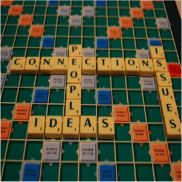 The adjectives in a noun phrase depend on a noun or pronoun.
The adjectives in a noun phrase depend on a noun or pronoun.
Los adjetivos en un sintagma nominal dependen de un sustantivo o pronombre.
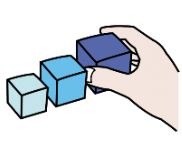 The adjectives follow this order:
The adjectives follow this order:
1. General opinion.
2. Specific opinion
3. Size.
4. Shape.
5. Age.
6. Colour.
7. Nationality.
8. Material.
Los adjetivos tienen este orden:
1. Opinión general.
2. Opinión específica.
3. Talla.
4. Forma.
5. Años.
6. Color.
7. Nacionalidad.
8. Material.
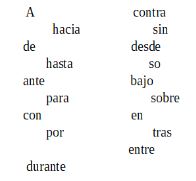 A preposition phrase is a group of words:
A preposition phrase is a group of words:
- A preposition.
- A noun or pronoun.
- A modifier.
The prepositional phrase functions as an adjective.
Una frase preposicional es un grupo de palabras:
- Una preposición.
- Un sustantivo o pronombre.
- Un modificador.
La frase preposicional funciona como un adjetivo .
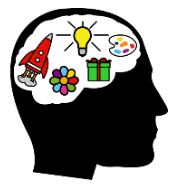 You give details to make a picture in the reader’s mind.
You give details to make a picture in the reader’s mind.
You give details about the people, place and objects.
Das detalles para formar una imagen en la mente.
Das detalles de personas, lugar y objetos.
 The adjectives that describe feelings end in -ed.
The adjectives that describe feelings end in -ed.
Los adjetivos que describen sentimientos terminan en -ed.
 The adjectives that describe facts or people end in -ing.
The adjectives that describe facts or people end in -ing.
Los adjetivos que describen hechos o personas terminan en -ing.
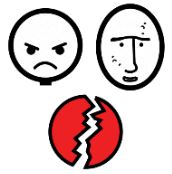 You use specific adjectives.
You use specific adjectives.
Usas adjetivos específicos.
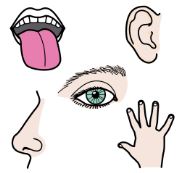 You use adjectives related to sight, hearing, touch, smell and taste.
You use adjectives related to sight, hearing, touch, smell and taste.
Usas adjetivos relacionados con la vista, el oído, el tacto, el olfato y el gusto.


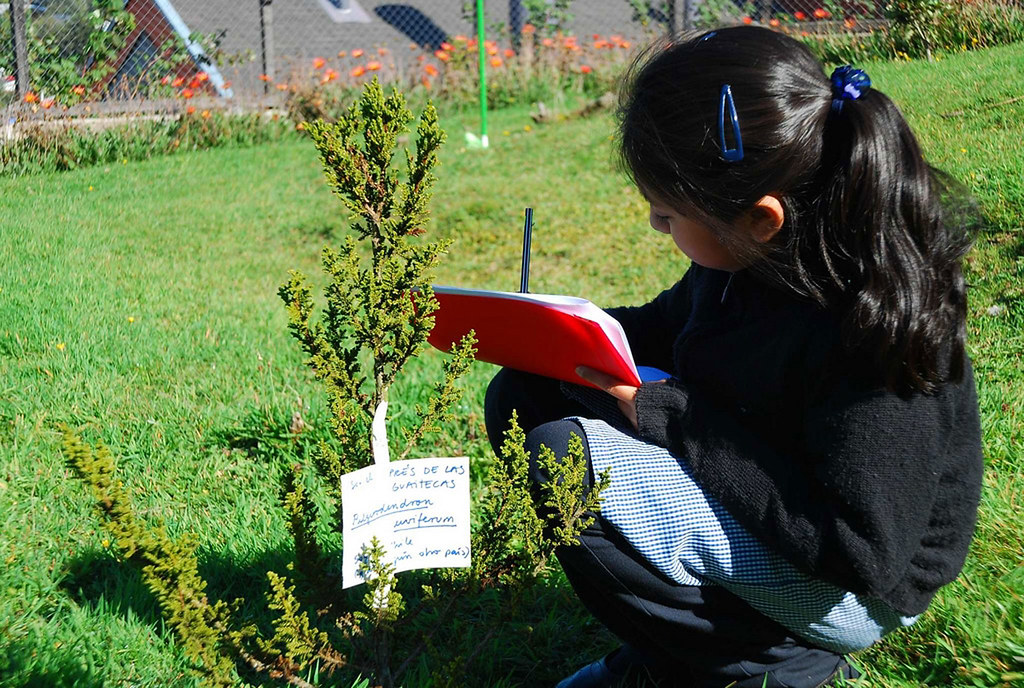
 A description of a school-related experience can involve a learning experience or any other educational experience such as going on a school trip, attending a school event, visiting a museum, going to the cinema, attending a sporting event, participating in an exchange project, etc.
A description of a school-related experience can involve a learning experience or any other educational experience such as going on a school trip, attending a school event, visiting a museum, going to the cinema, attending a sporting event, participating in an exchange project, etc.


